Fall is a lovely time to gather the bounty of the earth and gives you an excuse to go rambling in nature. If you have a bunch of beach roses with bright red hips or dog roses that are growing in your area, then you have the makings for rose hip jelly!
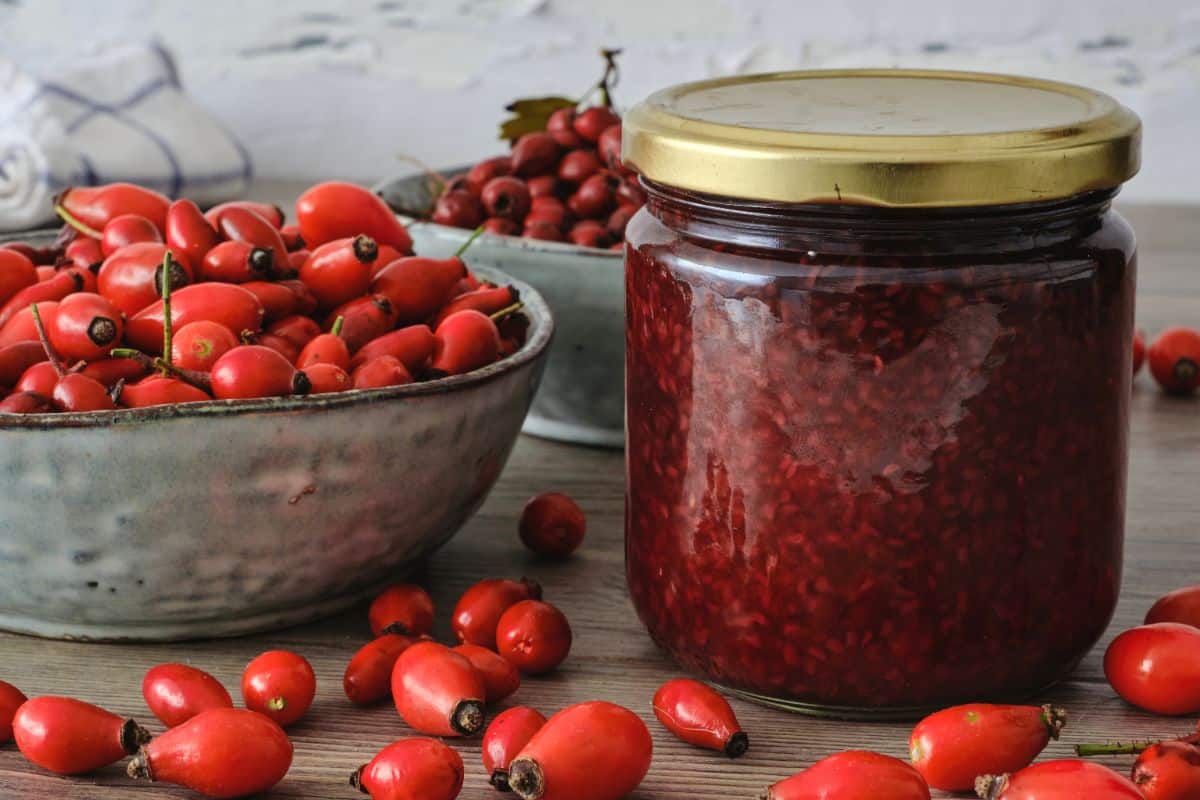
Rose hips taste tangy, like hibiscus flowers, both sweet and tart. High in vitamin C, antioxidants, and a wide array of vitamins and nutrients, rose hips can make a delicious jelly for toast and pastries. Rose hip jelly can also work as a glaze for a roast and a spread with cheese and crackers.
So grab a basket, grab a pair of sturdy gloves, and let’s go out foraging!
Jump to:
- What to Look for When Picking Rose Hips
- Pectin!!
- Use Store-Bought Lemon Juice – Not Fresh-Squeezed
- Food Safety Starts with Cleaning!
- Sterilize Jars, Lids, Funnels, Before Use
- Why All This Fuss About Cleanliness and Sterilization?
- Rose Hip Jelly Recipe
- Ingredients
- First, Extract the Rose Hip Juice
- Next, Add Juice and Sugar
- Canning the Jelly
- Rose Hip Jelly Recipe
What to Look for When Picking Rose Hips
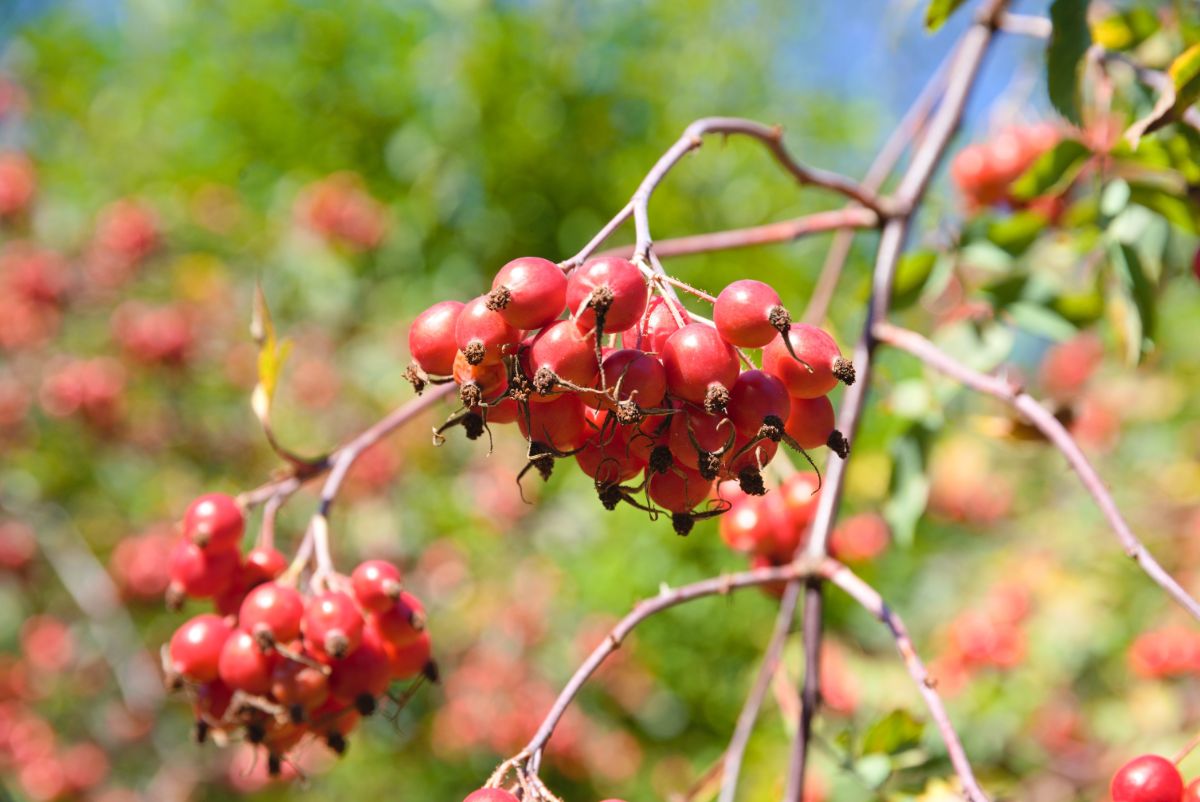
The best hips for your purposes are likely wild hips. Avoid the garden-grown roses if you don't know how they were treated. Garden grown hips may also be from cultivars with less flavor, but if they look good go ahead and try them.
Choose brightly colored hips – bright red, yellow, or orange. The hips of Rosa pimpinellifolia are dark purple to almost black, resembling black blueberries. Green hips will not be ripe, and they will not ripen off the rose after they’ve been picked. Leave them on the rosebush to ripen.
When you gently squeeze them, the hips should yield slightly, like a ripe apple. Avoid blemished or overly soft hips – they won’t be very tasty.
Read more about foraging for rose hips here.
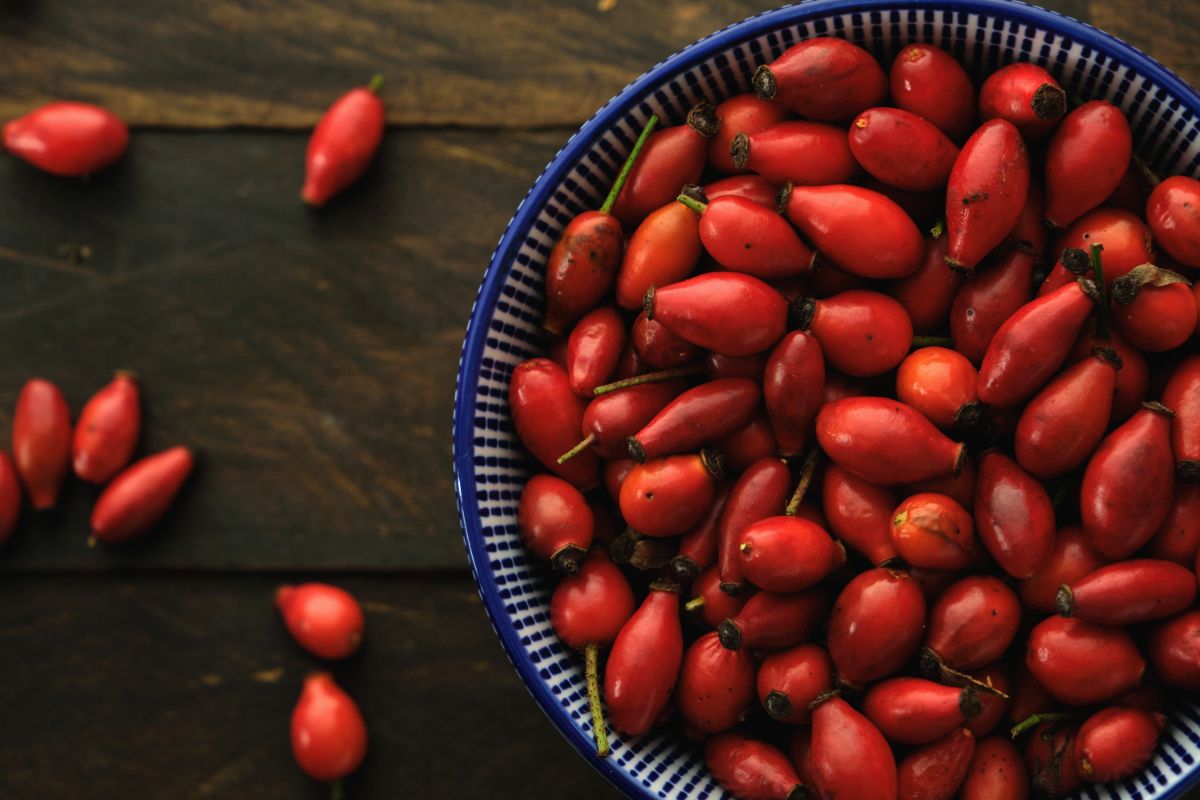
Pectin!!
Pectin is your magic ingredient to make your jelly set up properly. Many fruits, especially underripe fruits, will “jell” when combined with fruit acid and sugar and heated. Without pectin, all you will get from your jelly-making efforts will be some super-sugary syrup.
Because rose hips have very little pectin, you’ll have to add enough pectin so the jelly will set up properly. Usually, store-bought pectin is added to jelly, but in a pinch, apples are a good source of pectin, as well as crabapples.
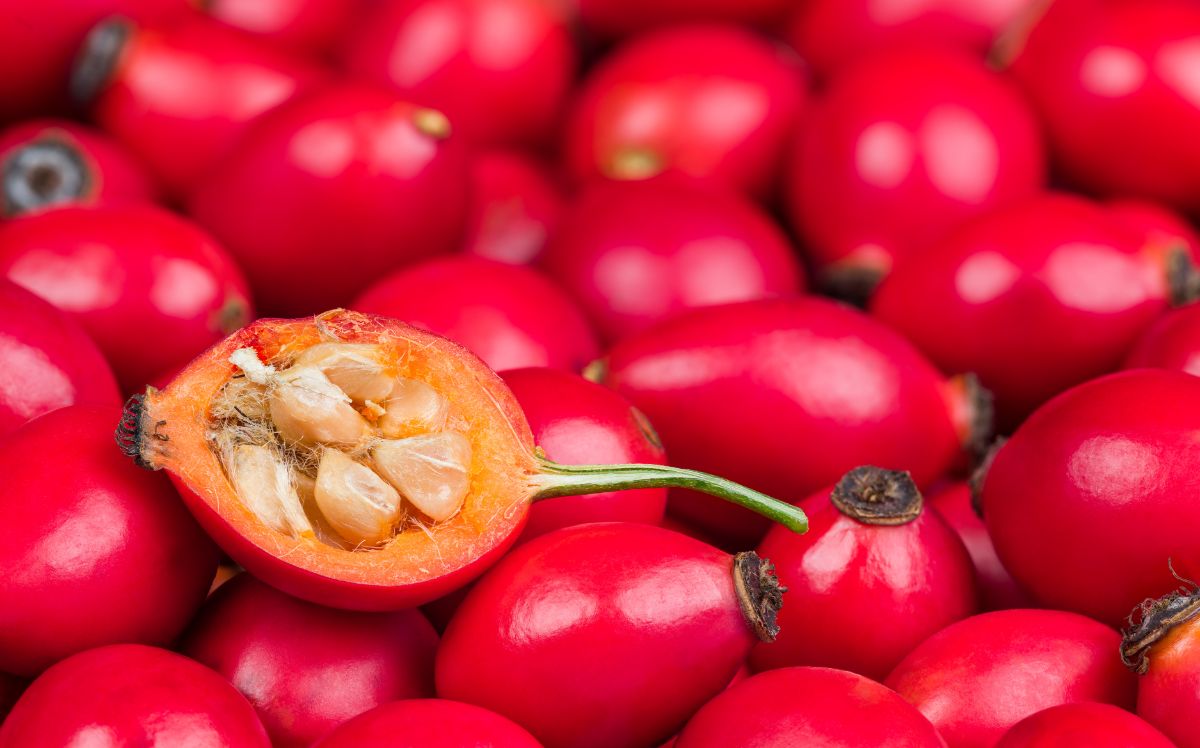
If you’re not sure you have enough pectin in your rose hip jelly, here’s a way to check. Mix a teaspoon of cooked, cooled fruit juice with a tablespoon of rubbing alcohol in a glass bowl or cup. Let it sit for two minutes.
If your fruit has enough pectin, you’ll get a jelly-like mass that you can pick up with a fork. If not, you’ll get a bunch of jelly-like particles floating around, and you’ll need to add pectin. DO NOT TASTE THIS MIXTURE. Wash out the bowl and forks afterward.
Use Store-Bought Lemon Juice – Not Fresh-Squeezed
Bottled lemon juice is pectin’s best friend when you’re making jelly!
The Food and Drug Administration regulates the acidity of bottled lemon juice to be less than 4.5.
This means that every bottle of lemon juice will reliably have the low pH that you need to make the pectin work – and will allow your jelly to gel properly.
Fresh lemons don’t have this reliability – their pH is all over the map.
Food Safety Starts with Cleaning!
Before you start, wash your hands thoroughly under running water, add lots of soap, scrub well for 20 seconds, and rinse well.
Countertops and sinks should be washed with hot, soapy water. After they’re washed, spray them with a commercially prepared chlorine bleach cleaner and let them air dry. Bleach needs about 15 minutes to properly kill bacteria and other harmful microorganisms.
Sterilize Jars, Lids, Funnels, Before Use

Even if you’ve just bought brand-new canning jars, they will need to be sterilized, just as your old ones do, to get rid of any bacteria, yeast, mold, or any other microorganisms that might contaminate your jelly.
First, check the jars for any cracks and chips. Repurpose any jars for non-canning uses if you find imperfections. To get rid of any dust or grime, wash them in warm, soapy water and rinse them well, or run them through the dishwasher.
To sterilize the jars, place them in a canner on a rack, then fill the canner with cold water until it’s an inch over the top of the jars. Bring the water to a boil, then boil them at high heat for 10 minutes.
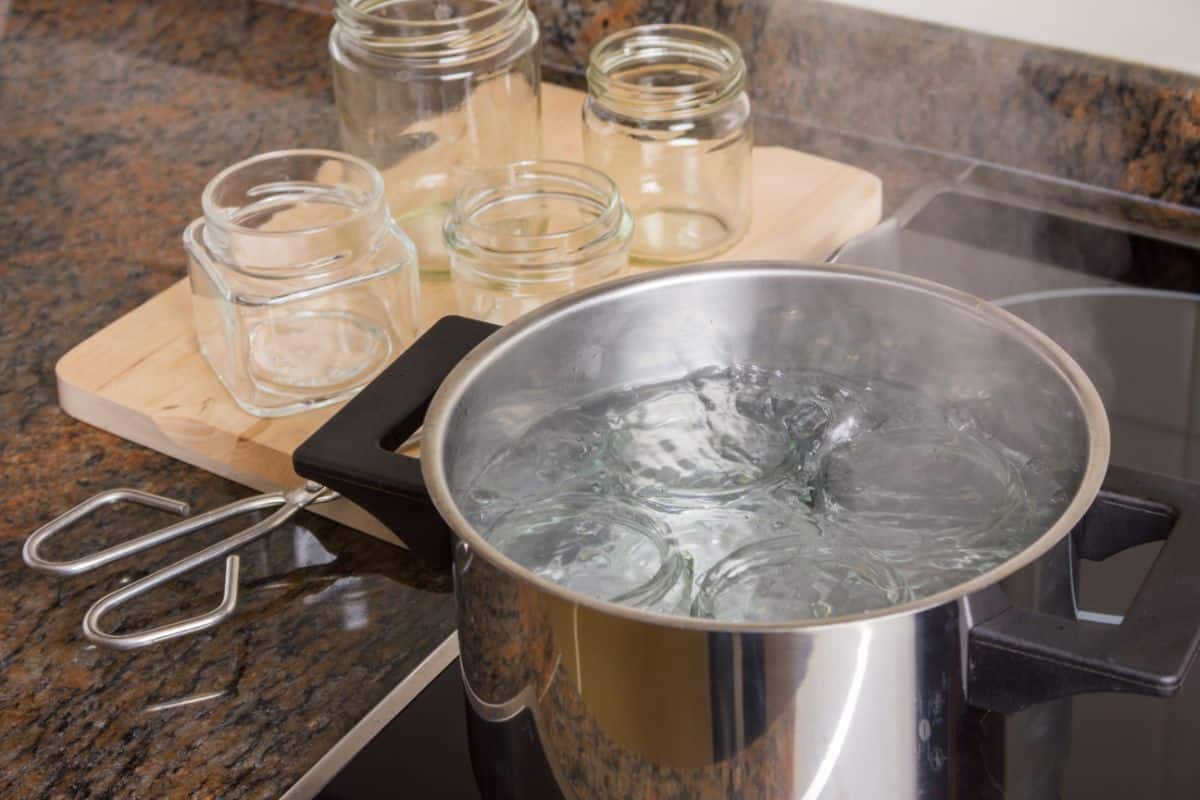
Put the lids, rings, and seals in a saucepan, fill with 4 inches of cold water, then simmer them for 10 full minutes. Don't heat these above a simmer or they may not seal well. Turn off the heat and cover the saucepan to keep them warm.
Remove the canner from the heat – but leave the jars, lids, and rings in the hot water until you’re almost ready to fill them with jelly. Remove the jars using jar tongs, carefully pouring the hot water back into the canner, then invert them on a clean kitchen towel to dry. Do the same to the rings and lids. Fill the jars with jelly while they’re hot.
Once the jelly jars are filled and closed, they can go right back into the rack in the canner to be processed.
Why All This Fuss About Cleanliness and Sterilization?
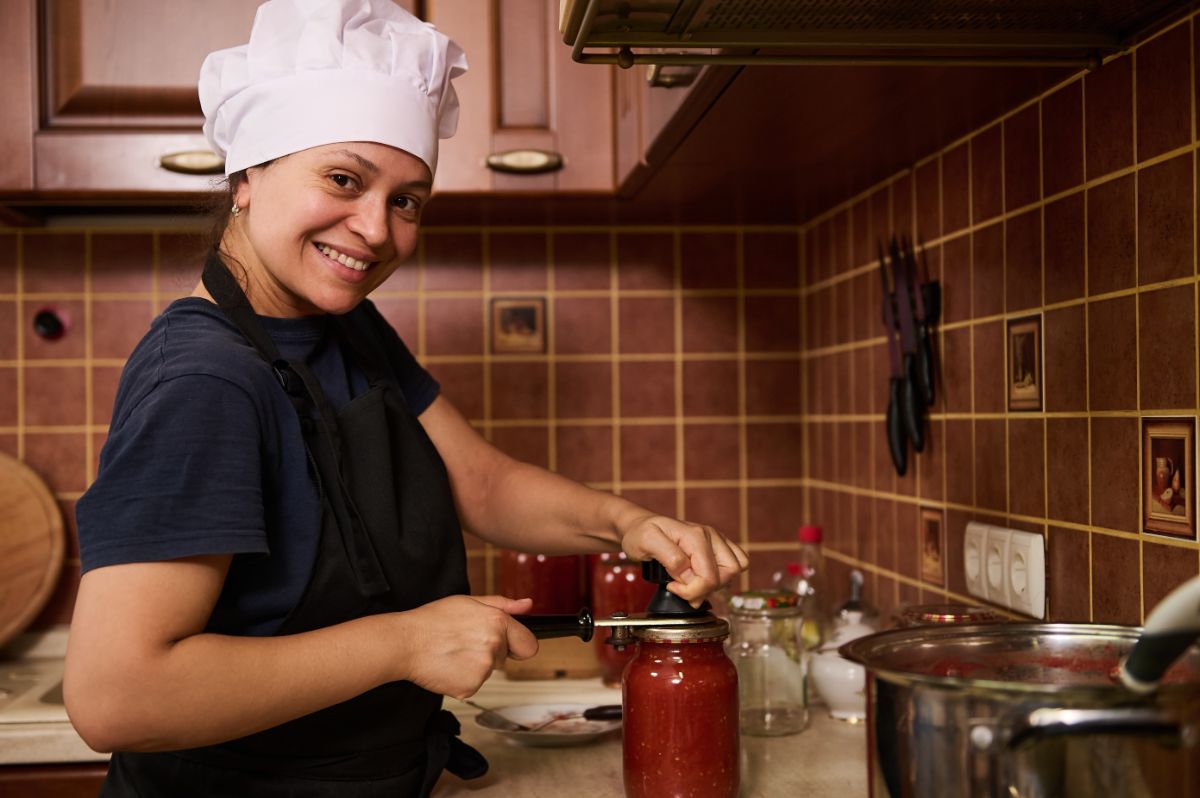
You’re spending a whole afternoon or more canning rose hips. It would be disappointing to spend all this time making jelly only to have the whole batch go bad or moldy because you skipped the sterilizing part.
Rose Hip Jelly Recipe
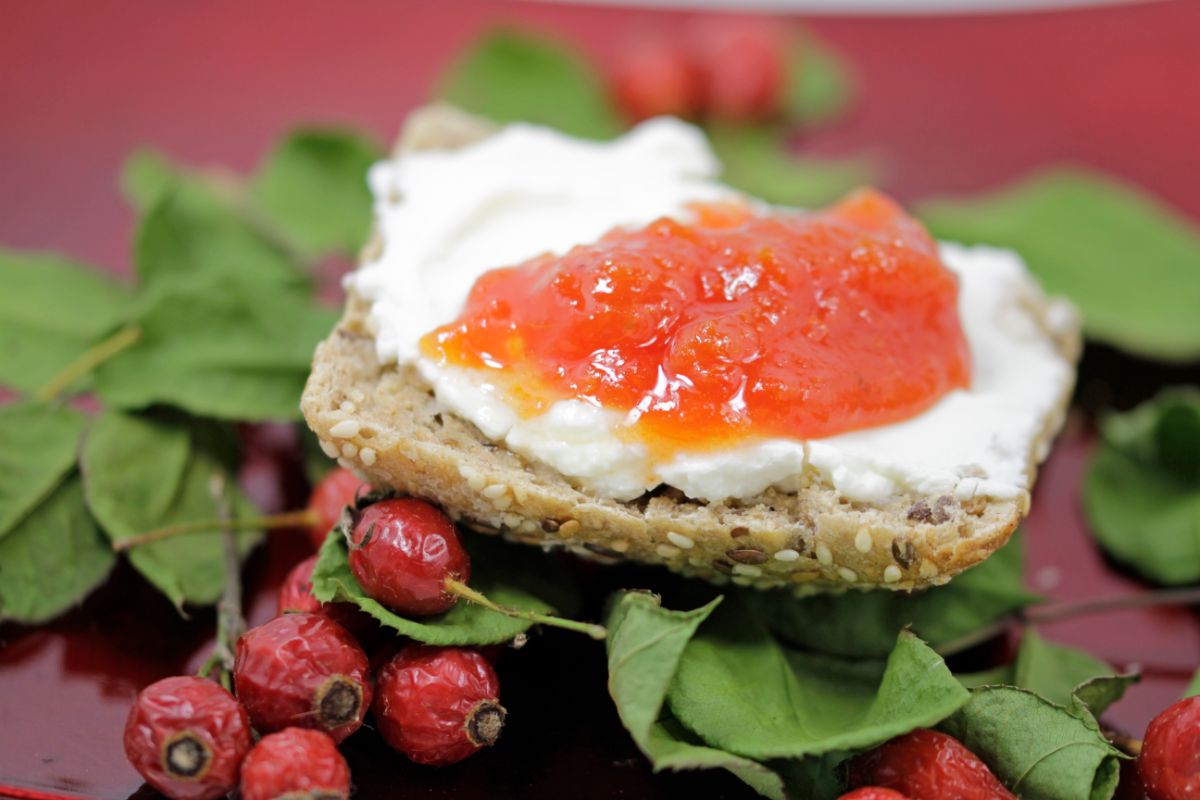
You’ll need:
- Large, flat-bottomed kettles (6 to 8 quart)
- Half-pint or pint jars and new, 2-piece lids (sterilize these in your water bath canner by boiling for 10 minutes) along with a funnel (also sterile). Never reuse jar lids, and discard any rusted or bent screw bands.
- A jelly bag and stand OR cheesecloth or muslin and a colander
- Large stockpot
Ingredients
- 4 pounds ripe rose hips (1 pound of hips will produce about 1 cup of juice)
- Water
- 5 cups sugar (or thereabouts)
- ½ cup store-bought lemon juice
- 1 envelope of powdered pectin
First, Extract the Rose Hip Juice
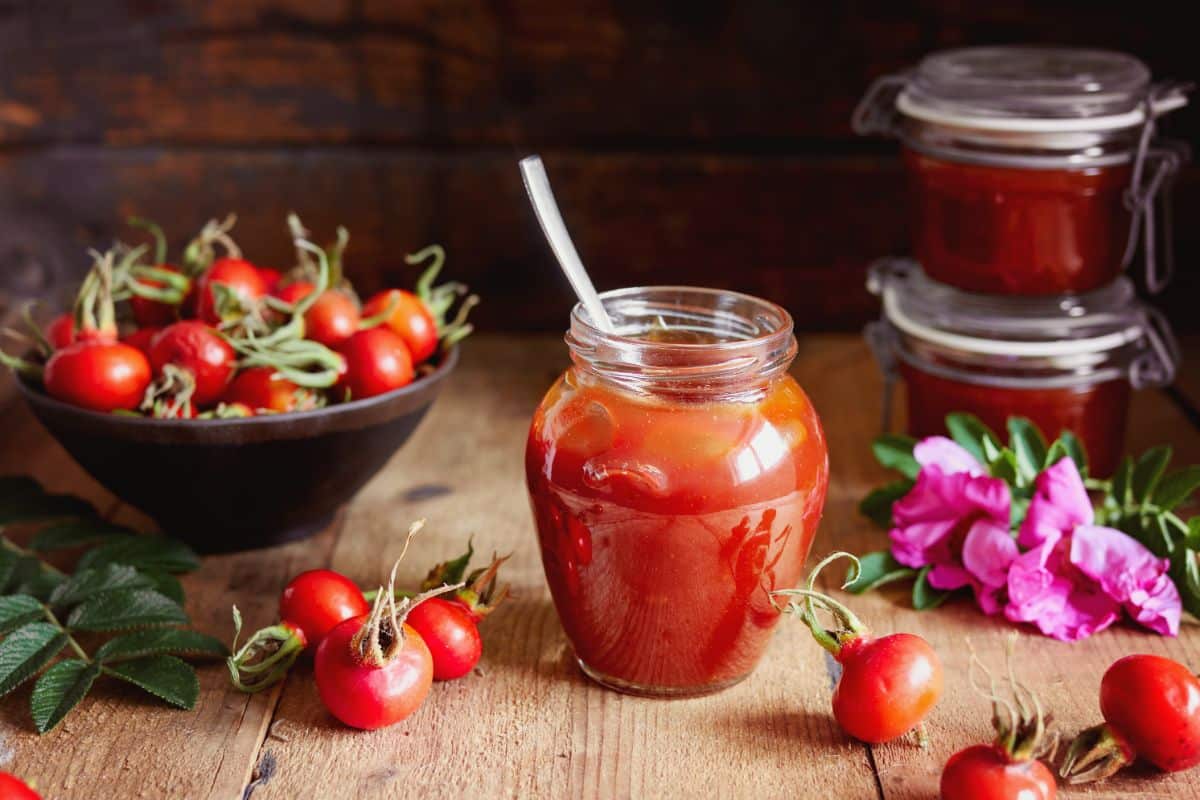
Chop off the stem and blossom remnant from the hips. Clean them in cool running water. Then cut the rose hips in half, or run them in batches through a food processor to roughly chop them. Don’t worry about the seeds or any of that – they’ll get strained out later.
In a large stockpot, add rose hips and add enough water to just cover them.
Bring water to a boil, then simmer for 15 minutes until they’re soft. Don’t overboil – this destroys pectin as well as vitamins and nutrients.
Mash them in the pan with a potato masher (be careful, they’re hot) or run them through a food processor until they’re roughly chopped.
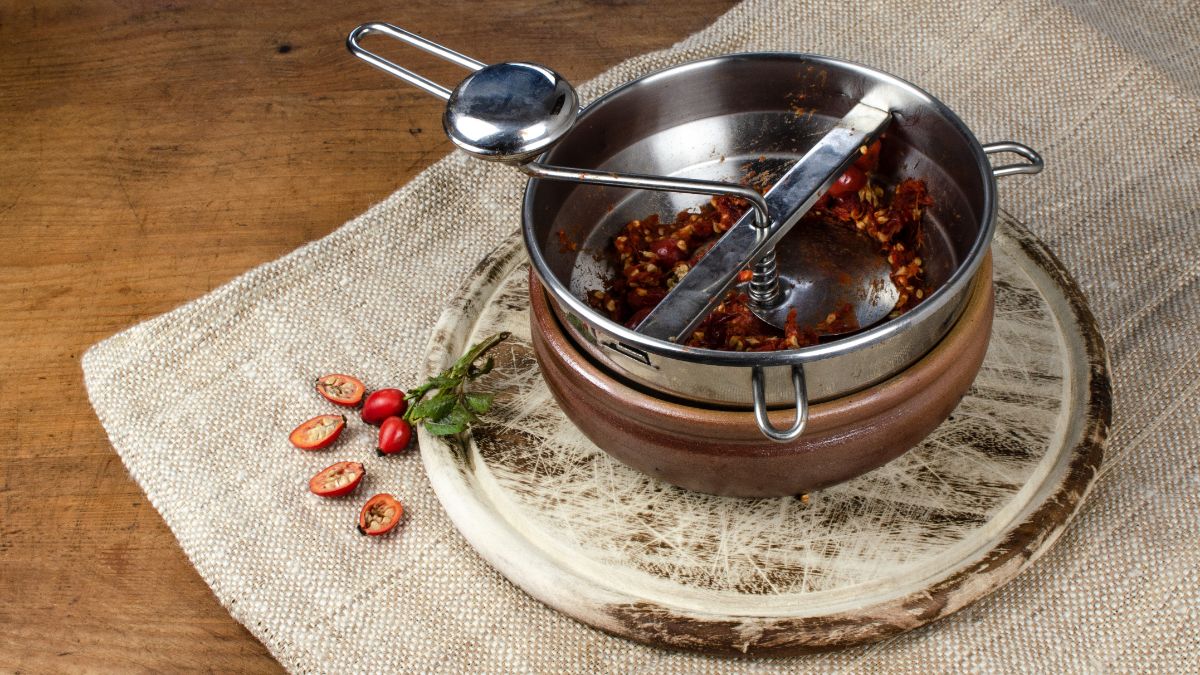
Strain the pulp through a damp jelly bag, or put muslin in a colander over a large pot to catch the juice. Don’t squeeze the pulp because you want beautiful clear jewel-like jelly. (If you squeeze it, you get more juice, but it’s cloudy, and then you’re making jam!) Leave the pulp to drip overnight. Then strain the juice a second time to catch all the tiny, irritating hairs that reside in the rose hips.
Next, Add Juice and Sugar
Add enough water to bring the juice in the stockpot up to 4 cups. Use ¾ cup sugar for each cup of juice. Add lemon juice and pectin! Stir over low heat until the sugar dissolves.
Then bring to a boil, stirring constantly, and boil hard for 1 minute. You might wear an oven mitt while stirring to protect your hand. As the rose hip jelly thickens, stir often so it doesn’t scorch.
To check for doneness, dip a cool metal spoon into the boiling jelly and raise it above the kettle so it’s out of the steam. Turn the spoon sideways. At first, the jelly will drip off. The jelly is done when the syrup slides off the spoon, not in drops, but in a sheet.
Remove from heat and skim any foam from the surface.
Do you have leftover rose hips? Learn how to make rose hip syrup!
Canning the Jelly

Pour the finished jelly carefully into the sterile jars, leaving a quarter to a half-inch of headspace in each one. Wipe the jar rims so they’re clean. Put on the ring and lid and tighten.
Place the jars into a water bath in a large kettle with a perforated rack in the bottom of the pot for the jars to sit on. (If they sit directly on the bottom of the kettle, they might break.) Leave space between the jars so the water can move freely between them.
Make sure the jars are covered by at least one or two inches of water. Bring them to a boil, then keep them at a light boil for five minutes.
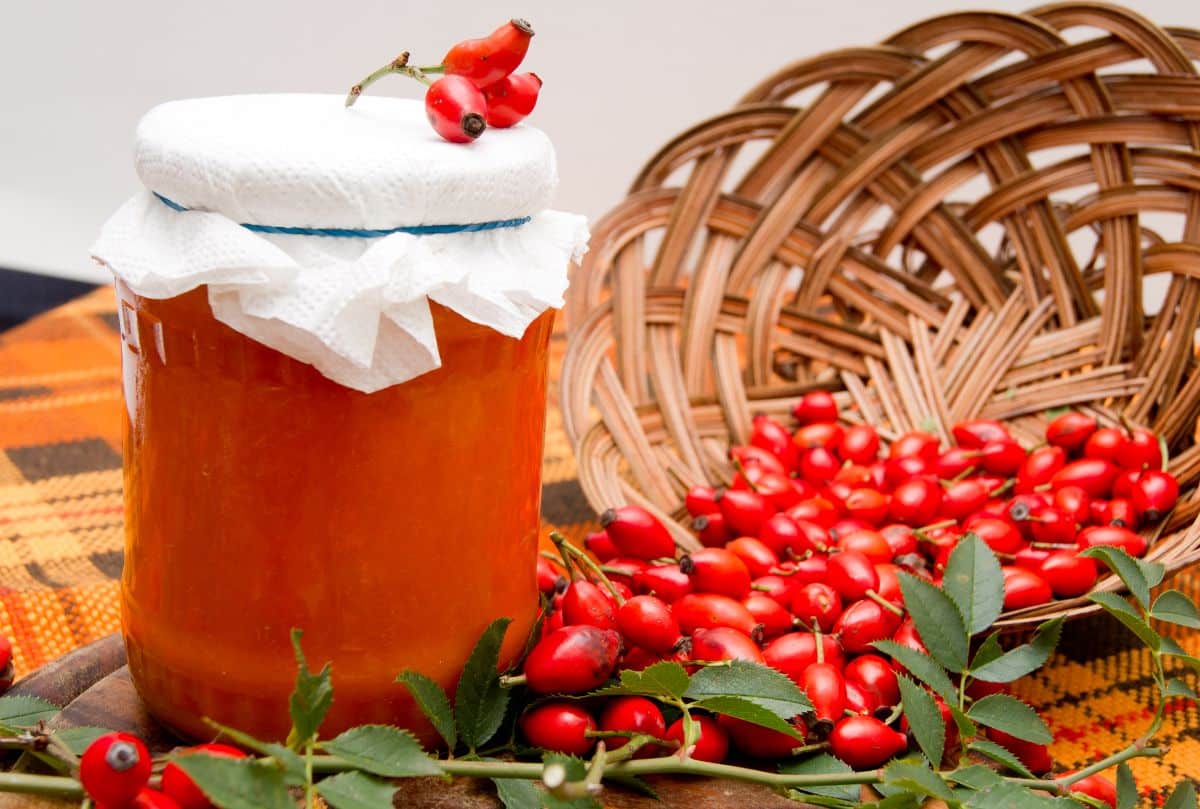
Shut off the burner and use a jar lifter to take the jars out of the water. Set them out of the way on a towel or wooden board and let them cool. If you hear the lids pop, congratulations, they’ve created a vacuum seal that keeps out food poisoning! Leave them alone for 12 hours before moving them.
Once they’ve cooled, write the date and year they were canned on your lid. They’re best if used within a year of being canned.
Before opening, press on the lid with your finger. It should stay depressed. If you’re able to pop the lid up and down with your finger, that means the vacuum seal is broken and the contents might be unsafe. You should throw out the jelly inside the jar.
Enjoy your rose hip jelly – the fruits of your labor.
Have you ever worked with rose hips? Have you made rose hip jelly before? Leave a comment below and tell us your experience.
Did this recipe work for you? Please leave a comment below and tell us your experience. Thank you!
Rose Hip Jelly Recipe
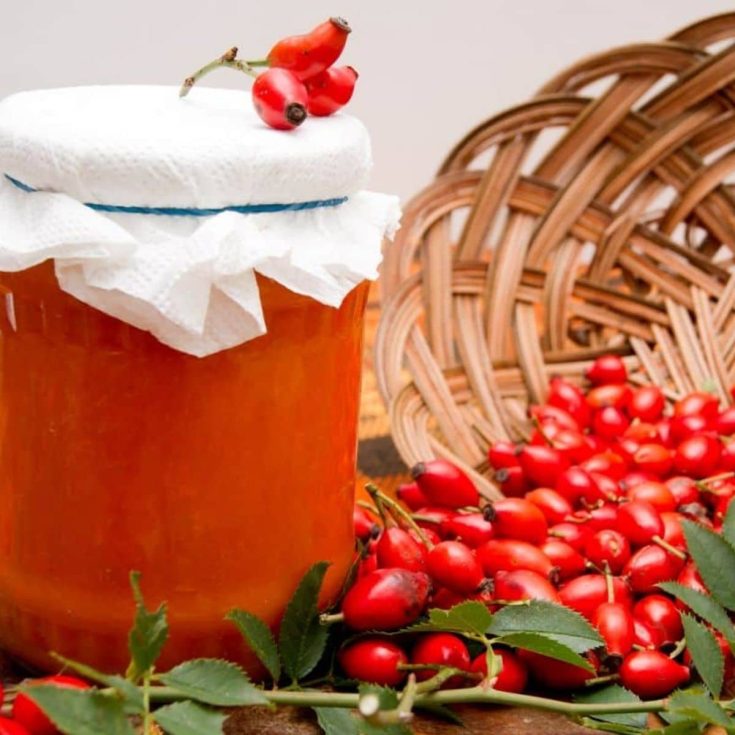
Looking for a delicious and unique jelly recipe? Try this homemade rose hip jelly recipe that is sure to impress your taste buds!
Ingredients
- 4 pounds ripe rose hips (1 pound of hips will produce about 1 cup of juice)
- Water
- 5 cups sugar (or thereabouts)
- ½ cup store-bought lemon juice
- 1 envelope of powdered pectin
Instructions
- Chop off the stem and blossom remnant from the hips. Clean them in cool running water. Then, cut the rose hips in half or run them in batches through a food processor to roughly chop them.
- In a large stockpot, add rose hips and add enough water just to cover them.
- Bring water to a boil, then simmer for 15 minutes until they’re soft. Don’t overboil – this destroys pectin as well as vitamins and nutrients.
- Mash them in the pan with a potato masher (be careful, they’re hot) or run them through a food processor until they’re roughly chopped.
- Strain the pulp through a damp jelly bag or put muslin in a colander over a large pot to catch the juice. Don’t squeeze the pulp because you want beautiful clear, jewel-like jelly.
- Add enough water to bring the juice in the stockpot up to 4 cups. Use ¾ cup sugar for each cup of juice. Add lemon juice and pectin! Stir over low heat until the sugar dissolves.
- Then, bring to a boil, stirring constantly, and boil hard for 1 minute. You might wear an oven mitt while stirring to protect your hand. As the rose hip jelly thickens, stir often so it doesn’t scorch.
- Pour the finished jelly carefully into the sterile jars, leaving a quarter to a half-inch of headspace in each one. Wipe the jar rims so they’re clean. Put on the ring and lid and tighten.
- Place the jars into a water bath in a large kettle with a perforated rack in the bottom of the pot for the jars to sit on. (If they sit directly on the bottom of the kettle, they might break.) Leave space between the jars so the water can move freely between them.
- Make sure the jars are covered by at least one or two inches of water. Bring them to a boil, then keep them at a light boil for five minutes.
- Shut off the burner and use a jar lifter to take the jars out of the water. Set them out of the way on a towel or wooden board and let them cool. If you hear the lids pop, congratulations, they’ve created a vacuum seal that keeps out food poisoning! Leave them alone for 12 hours before moving them.
Notes
- Before opening, press on the lid with your finger. It should stay depressed. (I don’t mean that your jar lids are miserable!) If you’re able to pop the lid up and down with your finger, that means the vacuum seal is broken, and you should throw out the jelly inside the jar so you don’t get botulism or mycotoxins. Talk about depressed!
- Even if you’ve just bought brand-new canning jars, they will need to be sterilized, just as your old ones do, to get rid of any bacteria, yeast, mold, or any other microorganisms that might contaminate your jelly.
- To sterilize the jars, place them in a canner on a rack, then fill the canner with cold water until it’s an inch over the top of the jars. Bring the water to a boil, then boil them at high heat for 10 minutes.
Nutrition Information:
Yield:
4Serving Size:
1Amount Per Serving: Calories: 1390Total Fat: 0gSaturated Fat: 0gTrans Fat: 0gUnsaturated Fat: 0gCholesterol: 0mgSodium: 60mgCarbohydrates: 280gFiber: 1gSugar: 267gProtein: 2g

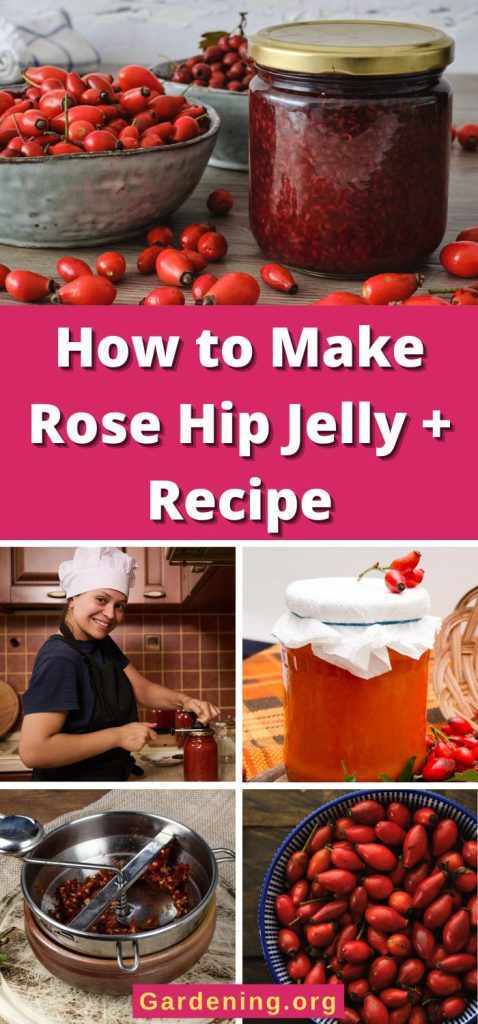
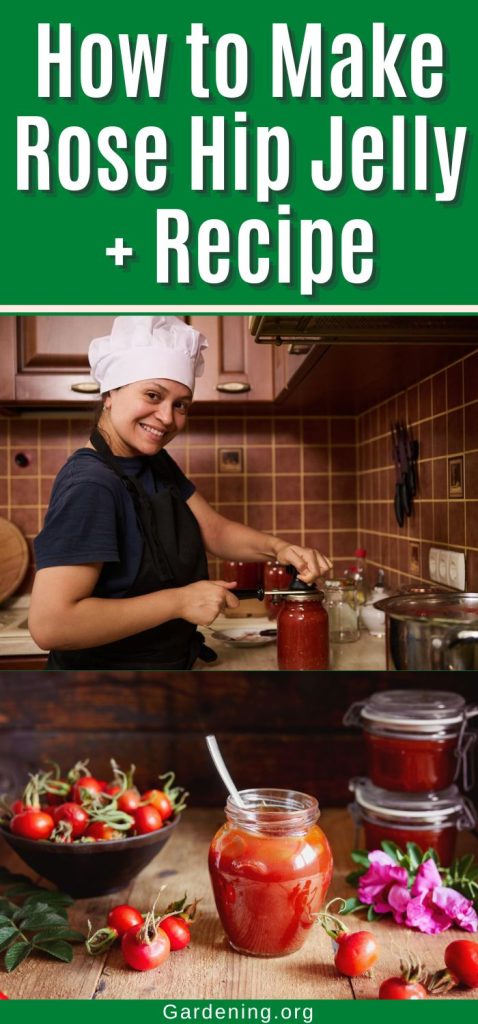
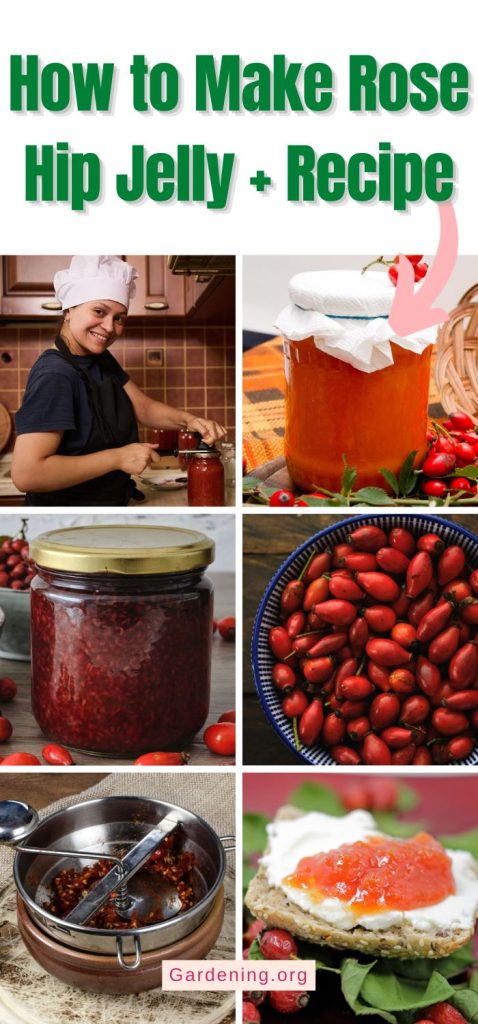
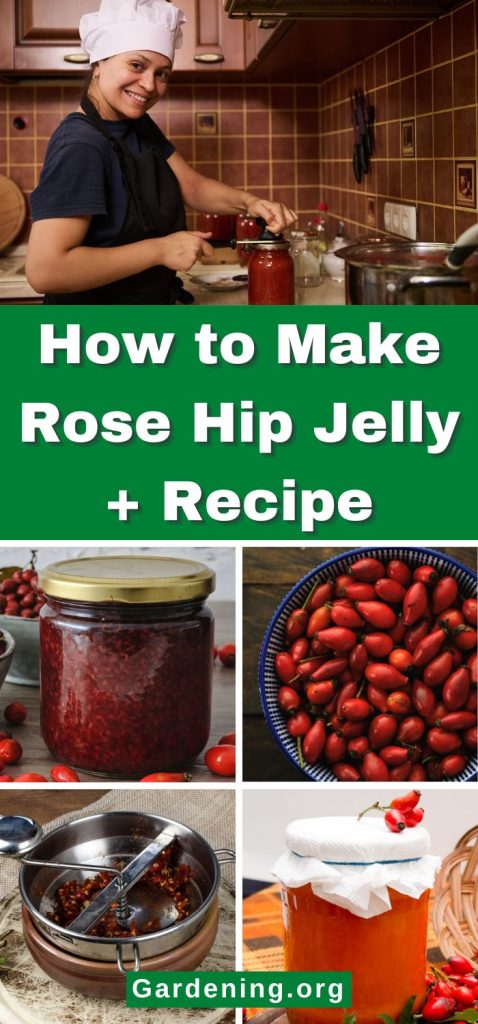
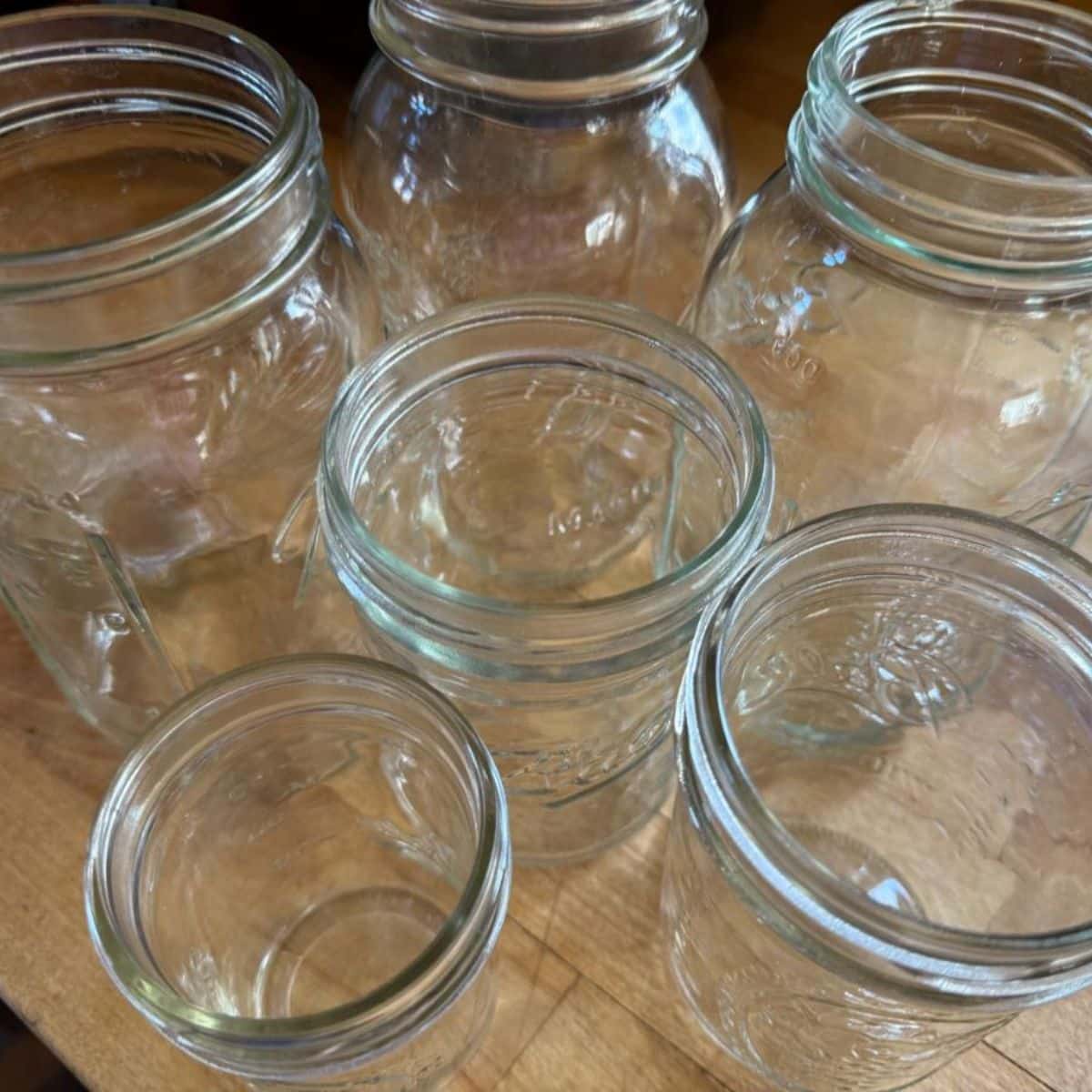
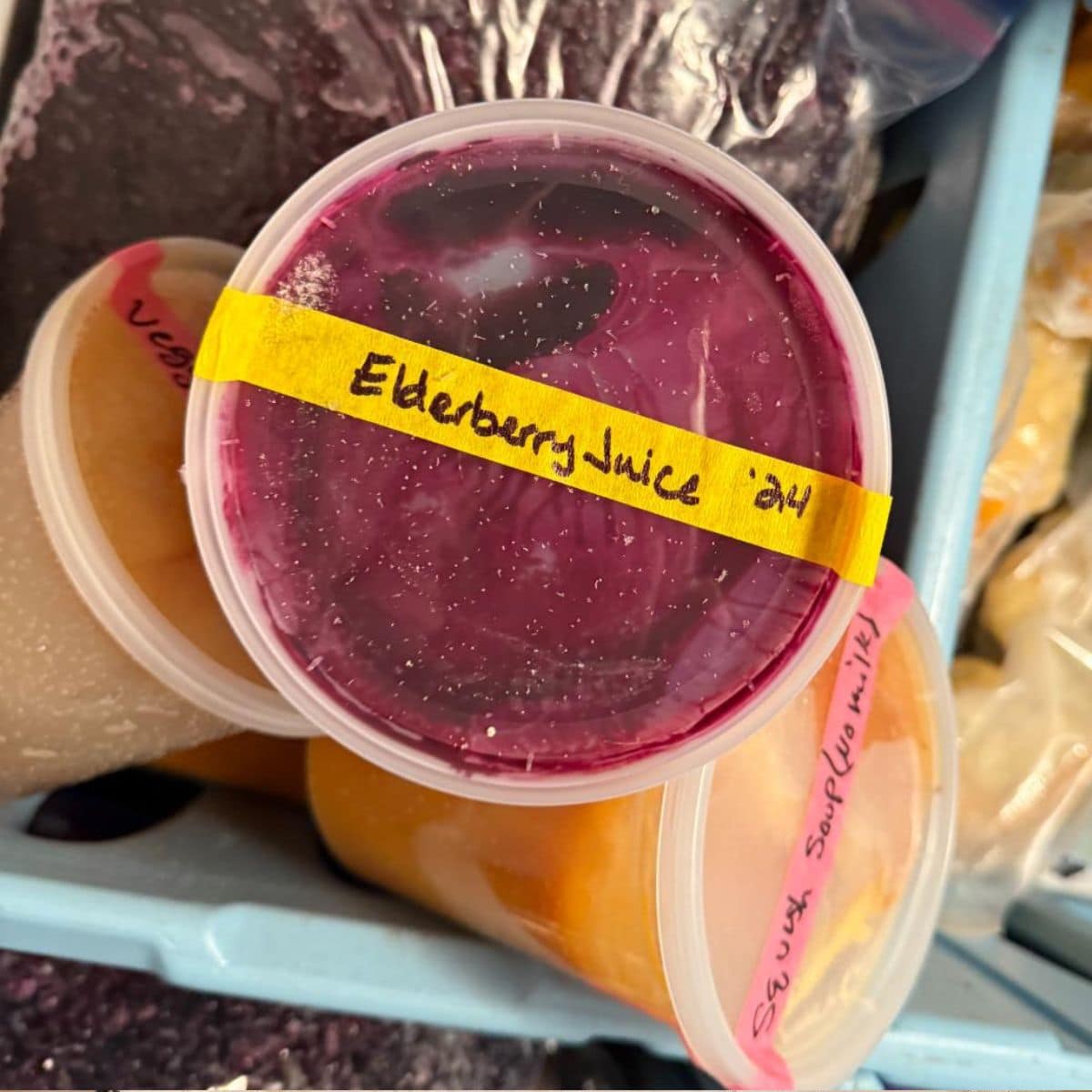
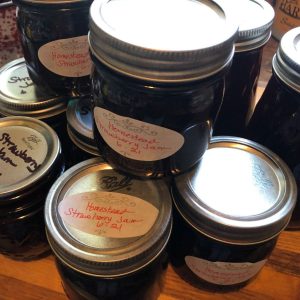
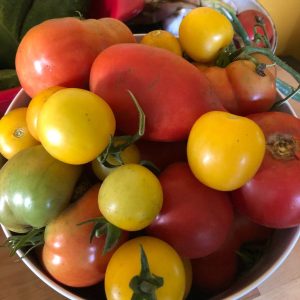
Leave a Reply